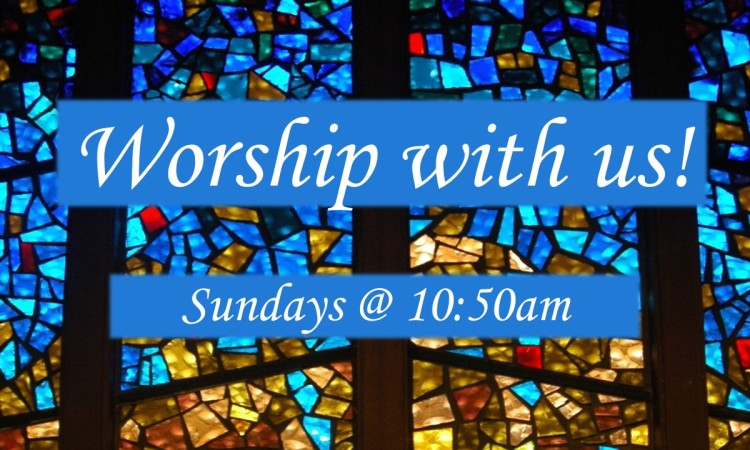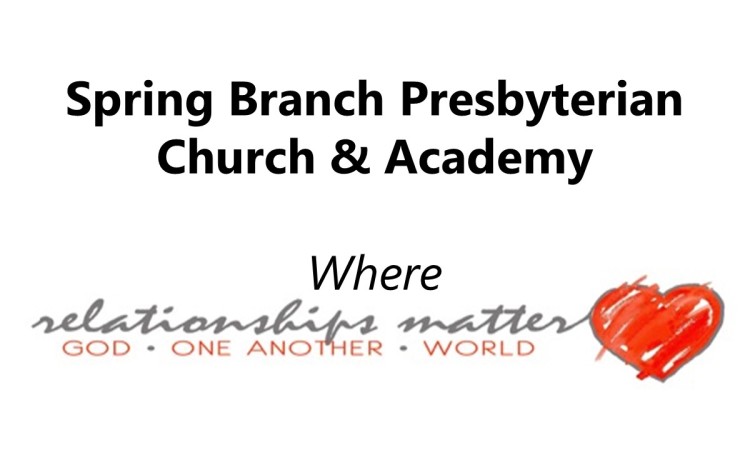What do ashes have to do with Lent?
When does Lent begin?
Ash Wednesday, the day after Shrove Tuesday, is the real beginning of Lent. We usually begin Ash Wednesday with a service where we recognize our mortality, repent of our sins, and return to our loving God. We recognize life as a precious gift from God, and return our lives towards Jesus Christ. The tradition of giving things up for Lent probably grows out of Lenten penance for sin and fasting to be one with Jesus in suffering.
Why ashes?
In Jewish and Christian history, ashes are a sign of mortality and repentance. Mortality because when we die our bodies eventually decompose, and we become dust or ash. Repentance, because long ago, when people felt remorse for something they did, they would put ashes on their head and wear “sackcloth” (scratchy clothing) to remind them that sin is pretty uncomfortable and leads to a sort of death of the spirit. This was their way of confessing their sins and asking for forgiveness.
Where do the ashes come from?
On what we now call Palm Sunday, Jesus rode a donkey into Jerusalem while people waved palms and cheered him on. Less than a week later, Jesus was killed. The palms that were waved in joy became ashes of sorrow. Many churches get ashes for Ash Wednesday by saving the palms from Palm Sunday, burning them, and mixing them with a little water (like tears) or oil. It’s symbolic.
What do Christians do with ashes?
While many Presbyterian churches do not practice this tradition, it is the custom of worshipers in traditional services to mark their forehead with ashes in the sign of the cross. At an Ash Wednesday service, folks are invited to come forward to receive the ashes. The minister will make a small cross on your forehead by smudging the ashes. While the ashes remind us of our mortality and sin, the cross reminds us of Jesus’ resurrection (life after death) and forgiveness. It’s a powerful, non-verbal way that we can experience God’s forgiveness and renewal as we return to Jesus.















